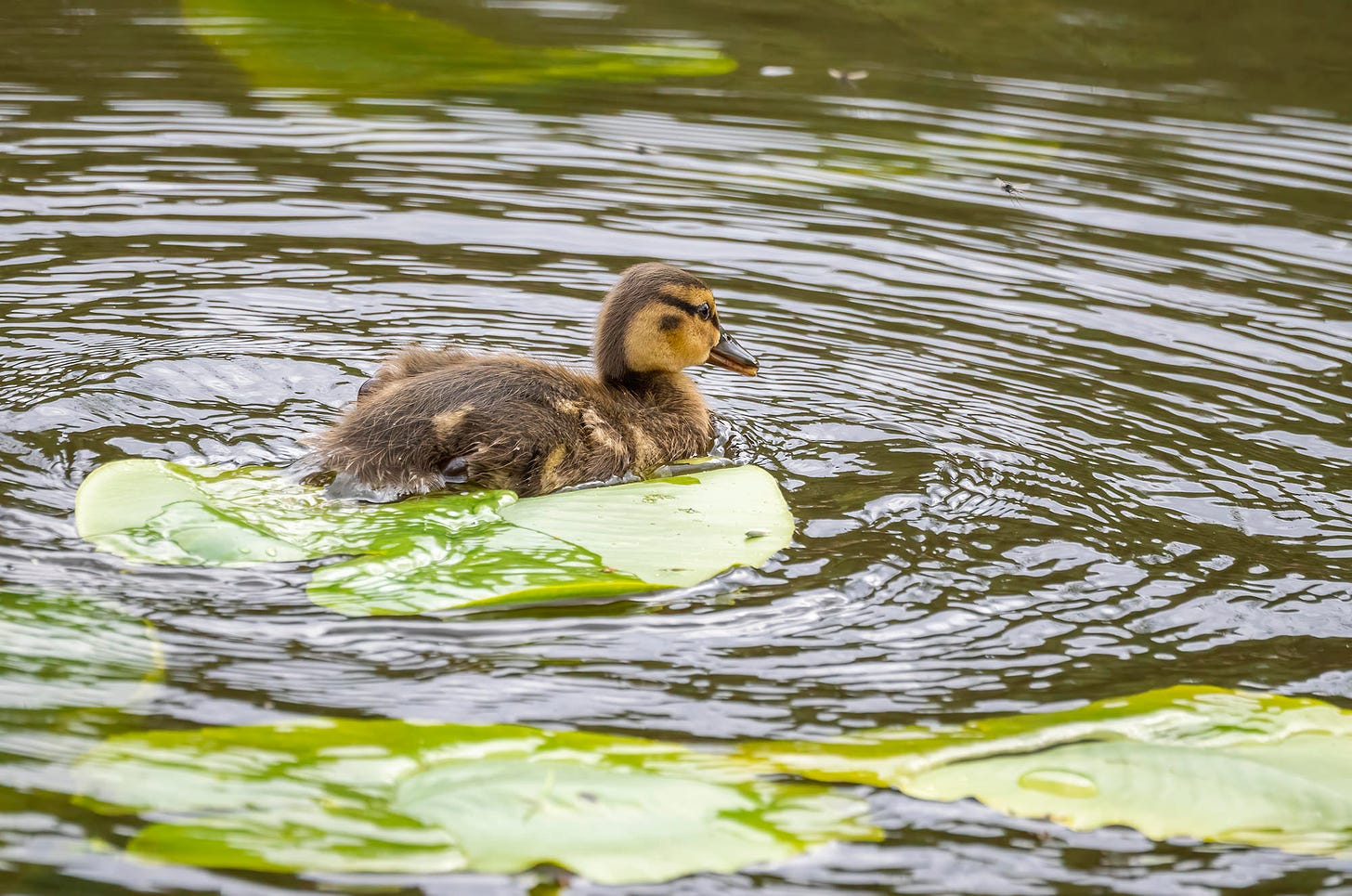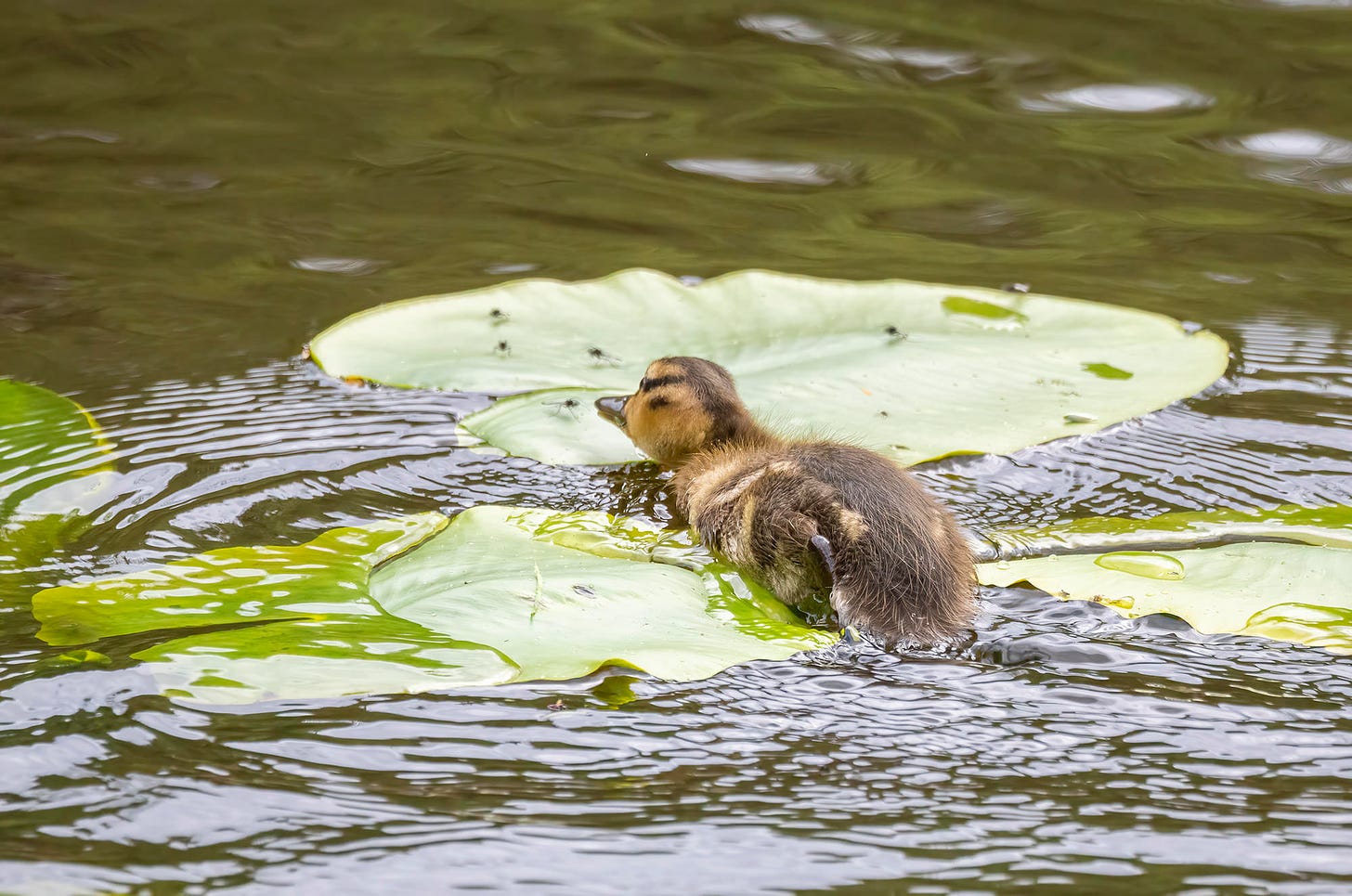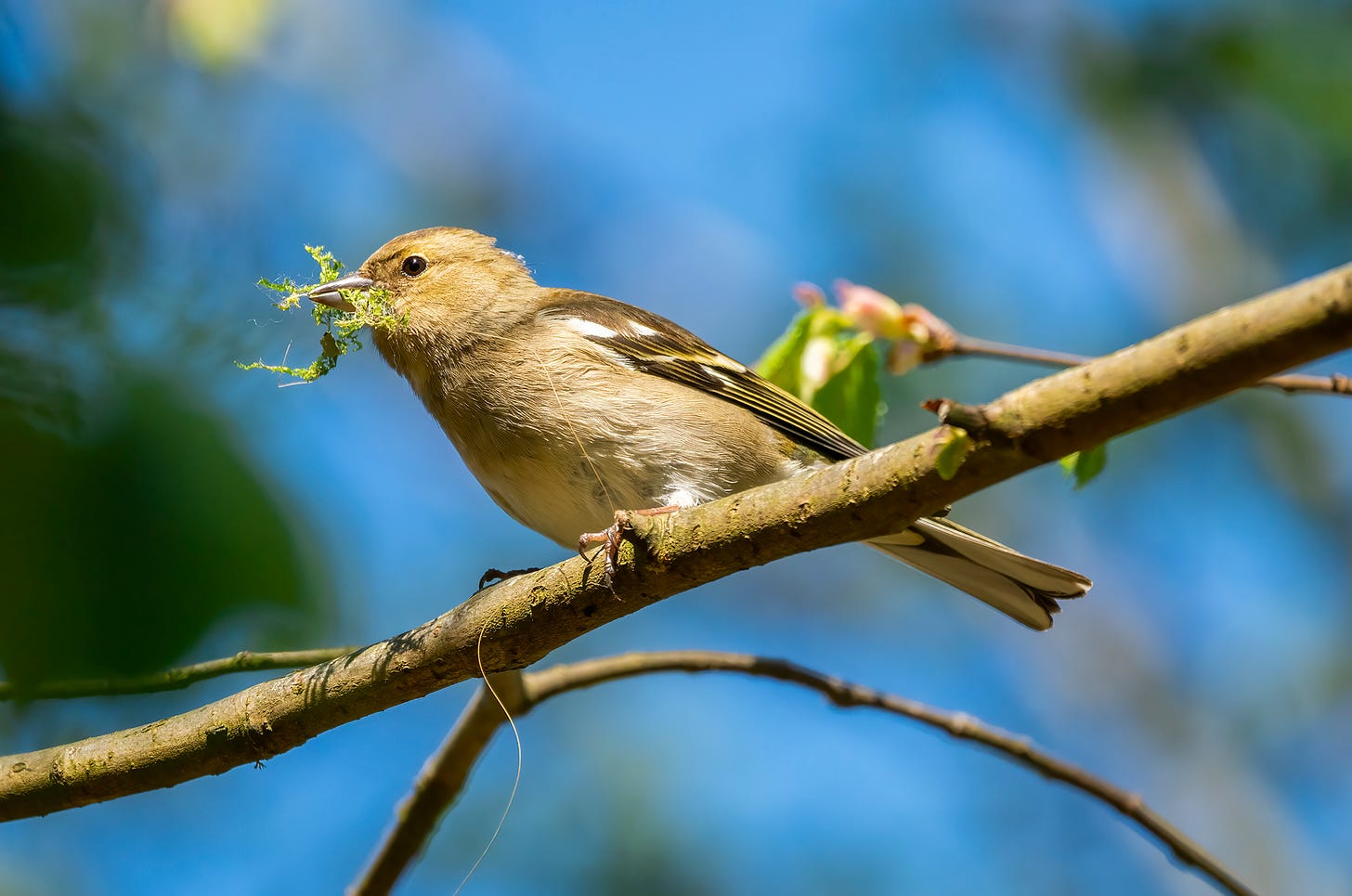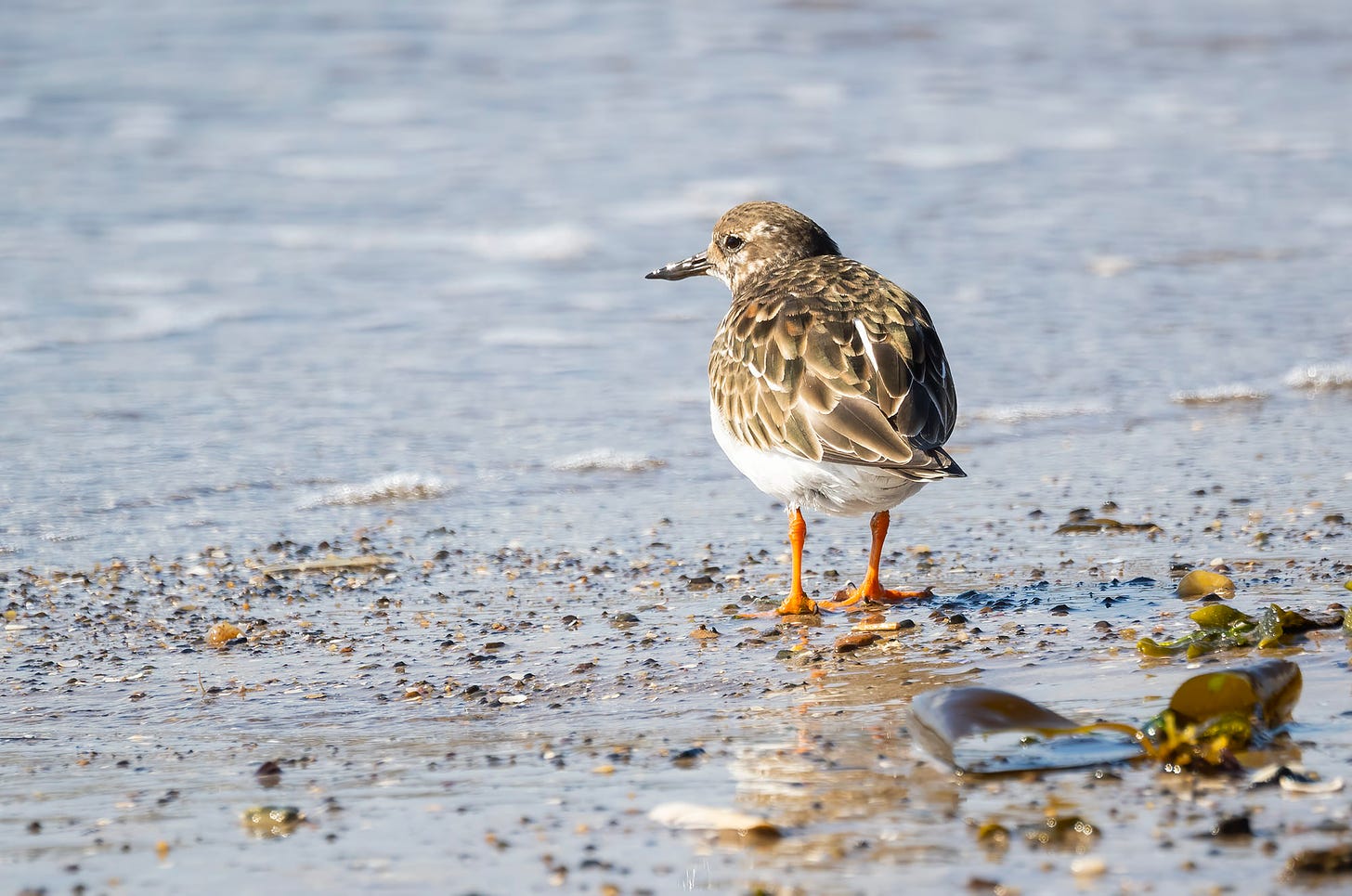April 2023 Viewfinder
There are springtime sightings and flipping brilliant waders in this month's Opposite View Wildlife Photography newsletter.
I heard my first chiffchaff of 2023 on the 1st of April.
It was like someone had handed it a calendar. Spring has sprung; get busy singing. We were walking around Glen Moss wildlife reserve when the tentative-sounding call heralded the arrival of this migrant and lifted my spirits on an otherwise grey day.
Hearing the chiffchaff marked the beginning of a month where the springtime feeling began to stick. And I am not talking about the weather, although we have had some surprisingly consistent sunny and dry periods for the West of Scotland in April. No, for me, the arrival of spring has been highlighted by the signs of breeding birds.
On a recent trip to Hunterston, we witnessed a pair of ravens - that we had seen and photographed previously - staking their claim on a former peregrine nest. It was exciting to watch one parent visiting the nest while the other parent patrolled the cliffs to see off the nearby buzzards, gulls and crows. Sadly, none of my images of the nest showed much apart from the raven's backside sticking up in the air, so you will need to take my word for it. I am hopeful that the next time we return, there might be more activity to photograph.
There has also been some breeding bird action on my local patch, as I explain in this month's Through My Lens blog (details below). In fact, despite spotting seals, porpoises, gannets, and ravens elsewhere recently, it's the deer, foxes, buzzards, and other birds a short walk away exciting me the most.
Local patch love aside, I recommend revisiting other locations frequently to see how they develop for your photography. Small changes can have a huge impact on the wildlife that appears and big changes...well, you get the idea. One place that has changed a lot since the last time we visited is the RSPB's Lochwinnoch reserve.
It used to be a spot we only went to occasionally as, despite having a reputation for being a home or stop-off point for lots of interesting bird species, it wasn't a long enough walk for us and often felt quite busy.
We decided to revisit the reserve last weekend to see how their new boardwalk had taken shape and found the reserve is much improved - for us, anyway. What used to feel like quite a dark path has now opened up. Using the boardwalk to extend it has created a longer and more 'wild' visit as you walk out over the water. I also found that the wildlife seemed easier to spot, and we had great views of shoveler and lapwing on the scrape and reed bunting, collared dove and wren near the main path. Hats off to the RSPB team - this is now another place to add to the list of locations we love to revisit.
So, has spring sprung for you yet? Let me know in the comments.
I will leave you with an adorable springtime subject from our visit to Lochwinnoch last weekend. This little mallard duckling was trying to catch midges as they rested on the lilypads and hovered above the water. Practice makes perfect!
Best wishes,
Rhiannon
Opposite View Wildlife Photography
Through my lens
Slowing the pace to spot springtime shots
The pace of winter walks is often dictated by the need to keep warm, especially if your circulation is as poor as mine. But even when you pick up the pace, the opportunities for wildlife photography are often easy to spot - with the lack of leaves on trees and bushes and any movement being at odds with the stillness that comes with the cold weather. When spring arrives and the vegetation begins to grow back, it is worth slowing the pace of your walk around your local patch. Not only will doing this keep you cool as the weather warms up, but it will also give you the time to notice the wildlife springing into life around you.
In this blog, I share images from recent encounters where taking my time has paid off.
Species Spotlight
Turnstone - the weightlifting wader
When you think of waders, you may first think of long-legged and long-billed birds gracefully picking their way across our wetlands and coasts and probing into mud and sand for a meal. However, the small, stout waders scampering along the shoreline are just as fascinating. And I find one stocky wader that visits the UK particularly interesting to watch. It is at home stepping out along the promenade in search of dropped crumbs as well as fluttering along a stony beach. It is the turnstone.
In this blog, I explain why the turnstone is a weightlifting wonder and worth pointing your lens at.
And finally…
Don’t miss the opportunity to join Steve Deeley on his entertaining and informative wildlife walks…from the comfort of your sofa!
Steve is a naturalist, nature writer and photographer. For over twenty years, he has found and watched Britain's fantastic wildlife…and now he’s sharing these journeys with the rest of us on his new YouTube channel.
You can find out more about Steve and check out his images on his website.
Oh, and I couldn’t sign off without a shameless plug for my YouTube channel, where you can find my series of top tips for amateur wildlife photographers and trail camera footage from my local patch.
Keep in touch
Thanks for reading this! If you have any comments or questions, opportunities for photography or if you would like to use any of my images, please leave a comment. I’d love to hear from you.
You can also follow me on:







